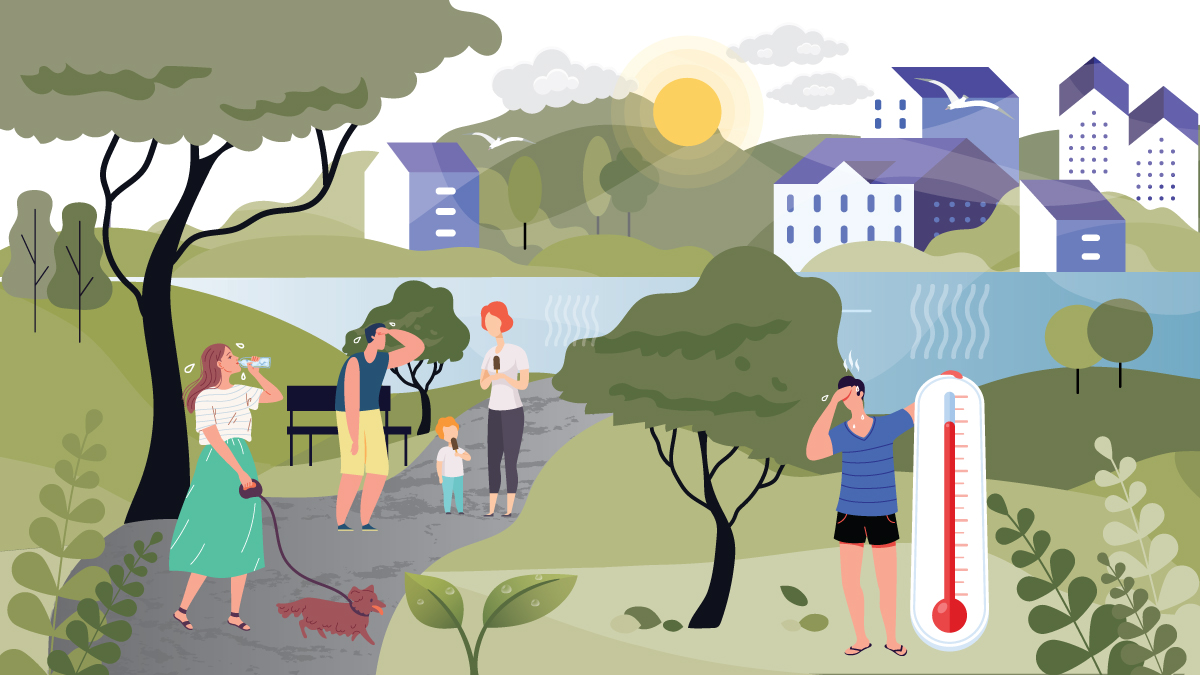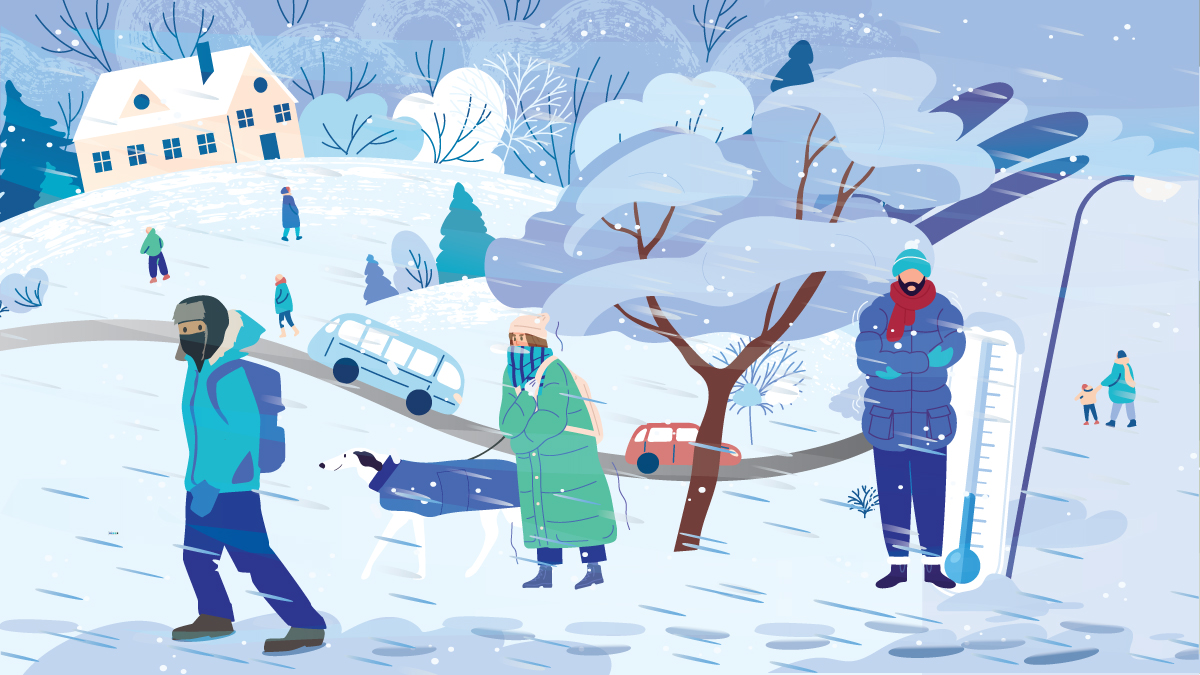Heatwaves and severe cold weather – uncomfortable conditions also increase health problems
Health issues caused by heat and cold are intended to be prevented through heat and cold warnings. These warnings are particularly aimed at high-risk groups and their close ones, as well as those working outdoors.

Many individuals with various chronic illnesses are sensitive to heat. Just one hot day can be enough to cause health problems in the heat, while it takes a few days of severe cold to have a broader impact on health.
During longer heatwaves, health impacts increase significantly. Buildings do not cool down enough at night. The discomfort of heat is exacerbated by higher air humidity, which makes nights warmer. Studies show that prolonged heatwaves significantly increase mortality among the elderly.
Who are the heat and cold warnings especially targeted at?

Additionally, air humidity can make the cold feel harsher, and it feels colder if the sun is not warming. The warnings are aimed at weather-sensitive high-risk groups, their close ones, and those whose work is affected by extreme temperatures. Besides illness, medication can also increase health risks caused by heat.
the elderly
babies and small children
pregnant and breastfeeding women
outdoor workers
transportation workers
rescue and maintenance workers
workers in elderly care facilities
people with cardiovascular diseases
people with respiratory diseases
diabetics
people with kidney diseases
people with mental health and behavioural disorders, such as dementia, depression, and substance dependence
people with nervous system diseases, such as alzheimer’s and parkinson’s disease
people with hyperthyroidism
This information can also be utilized in healthcare and authority preparedness systems.
Awareness of the need for heat warnings in Europe arose during the heatwave of summer 2003. At that time, it was estimated that there were about 35,000 excess deaths in Europe.
How to act when warned about heat or cold:
Avoid exposure to heat/cold
Reduce physical exertion
Take breaks at work
Choose appropriate clothing for the weather
Drink plenty of fluids in the heat and ensure adequate energy (food) and salt intake
Take care of those close to you who may not be able to take care of themselves
Mortality depends on temperature
A person adapts to some extent to their own climate. The "comfort zone" of temperature is different for those living in various climates. Finns experience the lowest mortality when the average daily temperature is around 14 degrees Celsius.
Finns have adapted to the cold better than, for example, Southern Europeans. Mortality increases slowly as the temperature falls below the optimal on the colder side. Heat, on the other hand, rapidly increases mortality in Finland. In hot weather, a temperature rise of a few degrees is more significant than a drop of several degrees in freezing weather. However, in the current climate in Finland, cold causes more health problems than heat. This situation will change in the future climate.
Since the health effects of temperature depend on climate, warning criteria are also different in various countries. There can also be different criteria in different parts of the country.
In Finland, the criteria for heat warnings are the same throughout the country, but for cold, the criteria are stricter in the north than in the south. The selection of heat criteria is based on increases in mortality and climatic reasons. In addition to temperature, wind and cloudiness are also considered. The north-south differences in cold warning criteria are based on climatic reasons. When issuing cold warnings, wind chill is also taken into account.
The limits for warnings are on the heat and cold warnings page.
